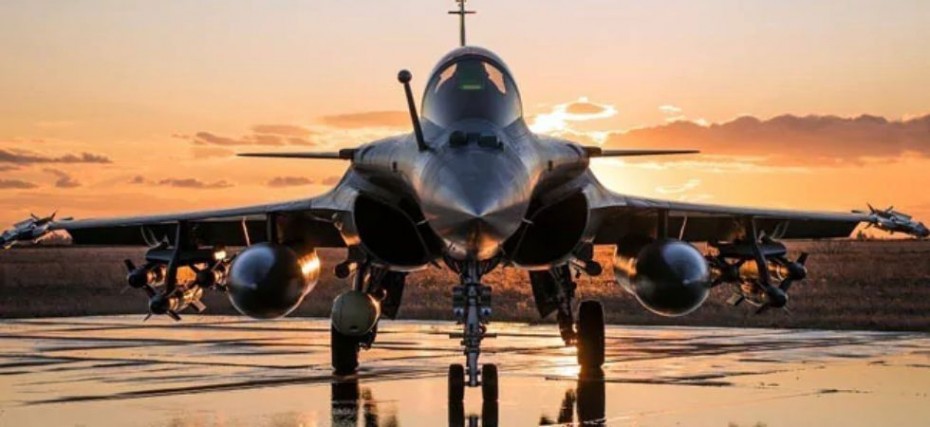The first batch of Rafale jets was inducted into the Indian Air Force. Experts believe it to be a game-changer and an important step forward in India’s defence and security sector.
The first batch of five Rafale fighter jets, which were delivered by France on July 29 is now formally inducted into the Indian Air Force (IAF). This operational induction of Rafale is being considered as a historic day in the field of India’s defence sector. Defence Minister Rajnath Singh called the induction of these French jets a “game-changer” and termed it a very important step in the light of the atmosphere that exists along the borders.
The induction ceremony took place at the country’s oldest and largest airbase at Ambala in the presence of India’s Defence Minister and Florence Parly, France’s armed forces minister. According to Parly, strategically, the induction of Rafale will provide India with an edge in the region.
The five Rafale fighter jets arrived nearly four years after India signed an inter-governmental agreement with France in 2016. Through the deal, India purchased 36 fighter jets from a French company called Dassault Aviation at a cost of Rs 59,000 crore. The first fighter jet was handed over to the Indian Air Force in October 2019, in France, during a ceremony attended by the defence minister of India.
The first batch of Rafale fighter jets arrived in July. According to the reports, the next batch of another five fighter jets is likely to arrive in October, and the last of the 36 aircraft will come to India by the end of 2021. Rafale is being considered a battle winner for the IAF and a huge morale booster at a time when India is facing military tensions with China.
The Gamechanger in the history of India’s defence:
The IAF Rafale jets will be armed with Meteor beyond visual air-to-air missiles, Mica multi-mission air-to-air missiles, and Scalp deep-strike cruise missiles. These weapons will allow fighter pilots to attack air and ground targets from standoff ranges and fill a significant capability gap.
The Rafale aircraft would be part of the 17th Squadron, which is popularly known as the “Golden Arrows”, and will be stationed at the Ambala airbase. The golden arrows were raised in 1951 and have been involved in a number of significant operations in history, including the Kargil war. Later, the Indian Air Force started to phase out Mig-21s, which were operated by the golden arrows, and therefore, the squadron was disbanded in 2016.
With the arrival of the Rafale fighter jet, 17th Squadron Golden Arrows resurrected in Ambala on 11 September 2019. The IAF aircrew and ground crew have undergone extensive training on the aircraft, including its highly advanced weapons system.
The Rafale’s empty weight is 10 tonnes and its maximum take-off weight is around 25 tonnes. Even transport aircraft don’t have this amazing payload fraction. This feature of Rafale makes it very important for the purpose of India’s security as it can carry a lot of weapons.
Meteor beyond visual air-to-air missiles has a brilliant no escape zone. The Meteor’s no escape zone is touted to be three times greater than that of the current medium-range air-to-air missiles.
India’s Rafale Vs China’s J20 and Pakistan’s F16:
The induction of Rafale fighter jets in the IAF sends a strong message to the world, including China and Pakistan, the two nations that share boundaries with India. China’s J20 Chengdu jets are the fifth-generation fighter jets. Compared to the 4.5 generation Rafale, Chengdu has no actual combat experience.
While, Rafale is combat proven and has been used by the French Airforce for its missions in Afghanistan, Libya, and Mali. It has been used for missions in the Central African Republic, Iraq, and Syria.
Rafale jet is a twin-jet fighter aircraft which is able to operate from both an aircraft carrier and a shore base. Whereas, Pakistan’s F-16 Fighting Falcon is a fourth-generation single-engine supersonic multirole fighter aircraft. The Rafale has a higher take-off weight of 24.5 tonnes capacity as compared to Pakistan’s F16 with the take-off weight of 13 tonnes. But the disadvantage where F16 beats Rafale is when it comes to the range of the two fighter jets.

